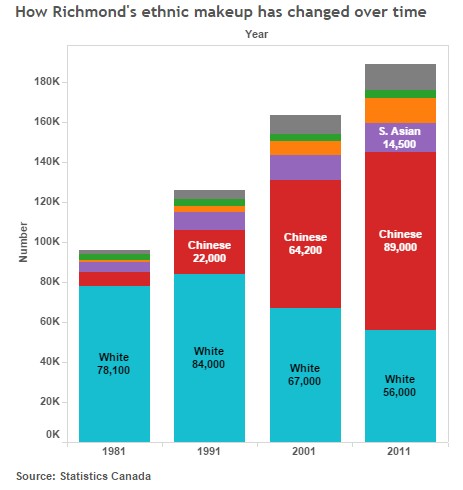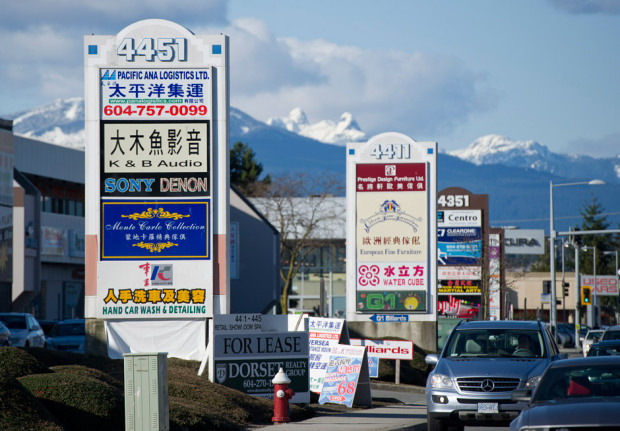Canada, the nation with the highest per capita immigration intake per year — adding 1 million immigrants every four years to her now-35 million population, is suffering because of an abnormal and unnecessary mass immigration policy, according to the immigration-focused group Immigration Watch Canada.
“Since 1991, Canada has had a mass immigration policy,” Dan Murray of Immigration Watch Canada told The Speaker.
“The term ‘mass immigration’ means that Canada has had a continued high immigration intake since 1991. This is an abnormality in Canada’s immigration history. It means that Canada has taken over 6 million people since 1991 and that Canada did not need most of those people.”
Murray said the rates were unnecessary and even detrimental to Canadians. The source of the policy of prolonged high rates of immigration originated, according to Murray, in a Conservative Party move to gain a new voting segment — the immigrant vote — in 1990.
He cited several government studies as evidence that the immigration numbers would not reduce Canada’s average age, would not produce any significant economic benefit, and would be beyond the optimal population based on Canada’s cold, mostly rock and desert land – some of the major benefits of immigration claimed by high immigration proponents.
Murray also cited the costs of bringing in an average 250,000 immigrants per year for 25 years, most of whom settle in the major cities. The cost of immigration for taxpayers — in the hundreds of million of dollars per year – is only part of the burden placed on the Canadian-born population, Murray stated. Two of the most easily quantifiable effects of mass immigration, he said, were in increased labor competition and housing affordability.
“The best friend of any worker is a tight labor market. When high immigration intake floods the labor market, wages stagnate or even decline and unnecessary competition occurs.”
The extra workers, Murray said, are not needed, and are sometimes given place in front of Canadian-born workers though programs like the Employment Equity Act, which enforces proactive employment practices when it comes to minority groups.
Murray noted the increase in ethnic enclaves in Canadian cities over the past decades as well. A handful 30 years ago has become about 300 today and is increasing, he said.
 He cited cities like Richmond, British Columbia, where white Canadians made up 80 percent of the population in 1981. The remainder was a mix including less than 10 percent Chinese. Today, Chinese are the majority in the city, and white residents have left Richmond in the thousands. The same trend exists over all of Vancouver, where nine out of 10 of the population’s additional 30,000 new residents every year are immigrants.
He cited cities like Richmond, British Columbia, where white Canadians made up 80 percent of the population in 1981. The remainder was a mix including less than 10 percent Chinese. Today, Chinese are the majority in the city, and white residents have left Richmond in the thousands. The same trend exists over all of Vancouver, where nine out of 10 of the population’s additional 30,000 new residents every year are immigrants.
He referred to Canada’s current majority population as “the new First Nations” whose interests are being betrayed by their political parties.
“Even a quick look at a graph that shows Canada’s immigration history will demonstrate that,” stated Murray. “No sane country allows its majority population to be overwhelmed. No sane country forces its majority population to compete unnecessarily for a limited number of jobs or grants new immigrants preference to those jobs. No sane country allows its population to grow indefinitely, particularly when the population growth occurs on its best agricultural land — yet Canada has done this.”
